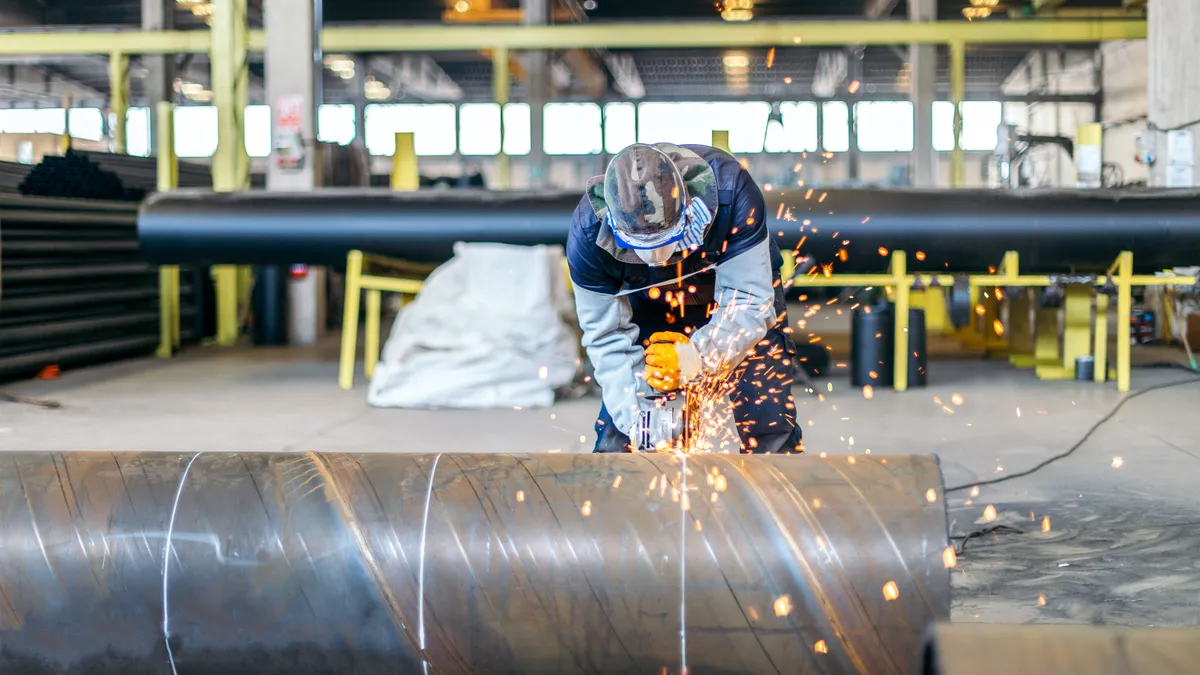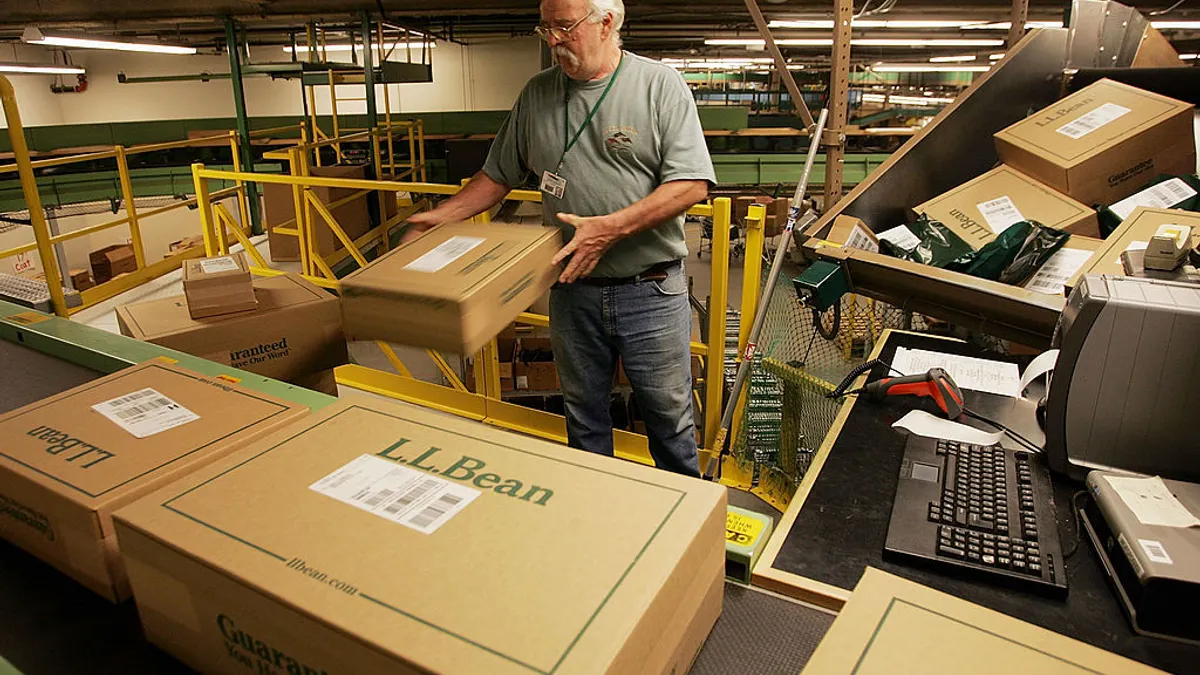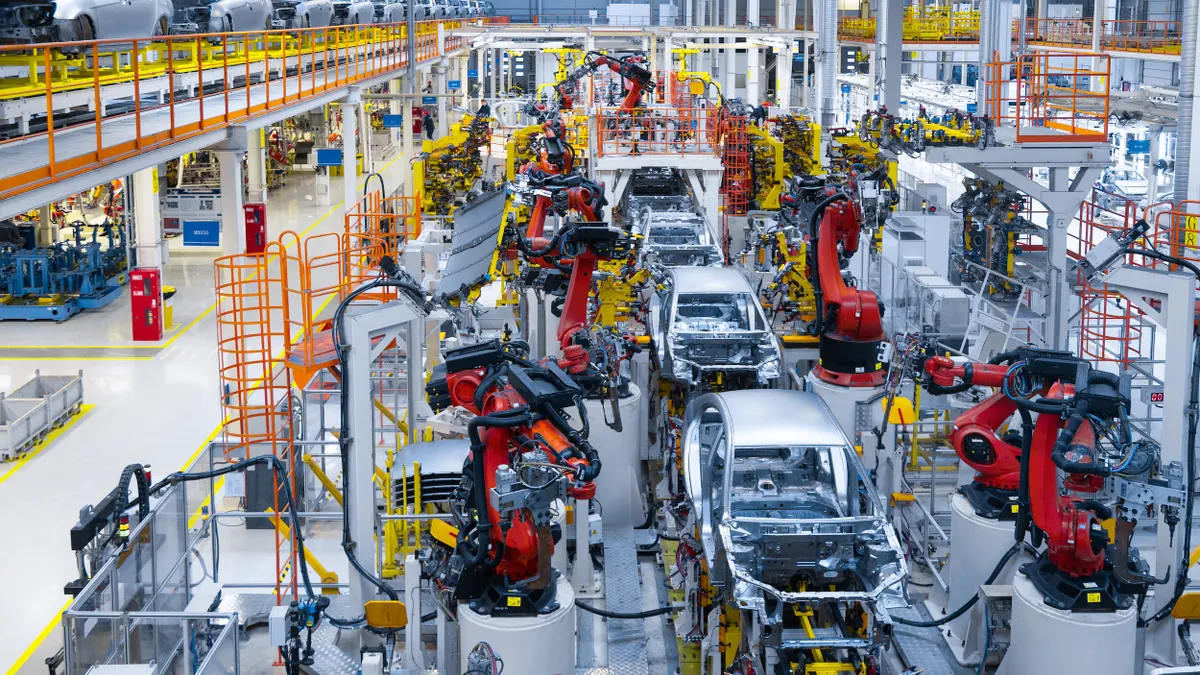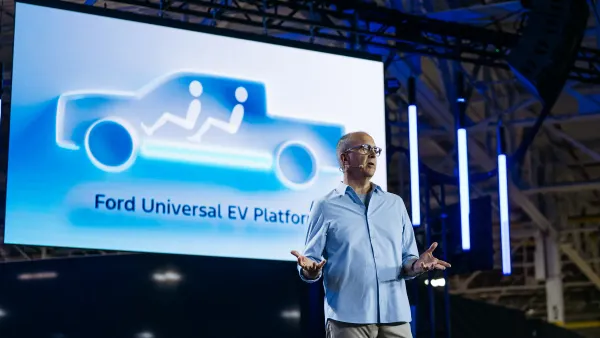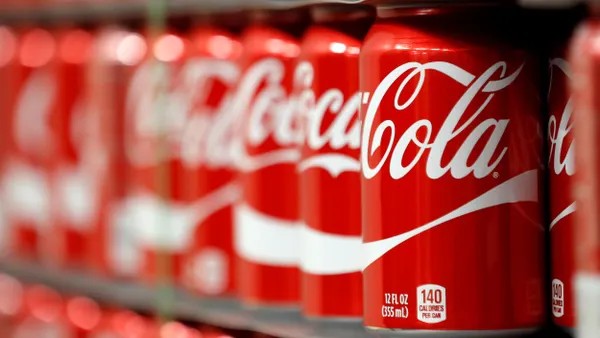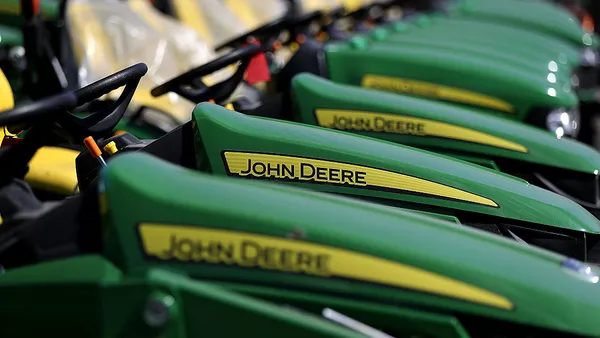U.S. manufacturing is having a rebirth as national attention shifts back to American-made products and accelerated industry gains. Moreover, manufacturers contributed $2.91 trillion annually to the U.S. economy in Q2 2024[1].
As 2025 unfolds, U.S. manufacturers can try to adapt to changing trends in supply chain resilience, workforce development, advanced automation and robotics, and sustainability, as well as potential risks related to supply chain disruptions, labor shortages, and regulatory changes, in order to set expectations and strategic goals for their business.
Supply Chain Resilience
Manufacturers are prioritizing supply chain resilience. The COVID-19 pandemic proved the criticality and importance of a robust supply chain. Now, manufacturing companies are looking to diversify their supply chains to help mitigate risks from disruptions. A logical starting point is to conduct a spend analysis with an outside party to understand potential cost savings from supplier and/or vendor master lists.
Moreover, strategic sourcing (e.g., having two or three separate suppliers for purchase orders) can create negotiation leverage for manufacturing companies. Likewise, a move from offshoring to local sourcing can reduce dependency on overseas suppliers.
Risks to Supply Chain
It is critical for manufacturers to monitor and prepare for supply chain disruptions. Global instability, geopolitical tensions, and trade disputes can lead to interruptions in the supply chain. In addition, natural disasters (combined with climate change) can significantly impact manufacturing logistics and production. Keep a finger on the pulse of current events and review your business continuity plan for actions to take in unexpected events. Forvis Mazars consultants can help with type of planning and ensure your plan addresses people, processes, premises, and providers.
Workforce Development
Like many industries, manufacturers are seeking ways to attract and retain workers. Companies are experimenting with training programs to equip their people with the skills needed for advanced manufacturing technologies. Other programs to consider are apprenticeships for line workers, which can help develop office-type functional skills (i.e., pulling a worker off the shop floor for two hours a week to interact with other business areas) and overall community engagement. Manufacturers are turning to local high schools or community colleges to promote vocational programs and plant tours to increase visibility.
Risks to Workforce Development
Retaining and developing the current workforce is crucial due to ongoing labor shortages. For manufacturers, finding workers with the advanced skills needed to execute jobs is difficult. To that end, many experienced workers are also retiring, leading to a loss of institutional knowledge. Encourage your employees to grow their skills through training and share their passion with the next generation of manufacturing workers to combat labor challenges.
Advanced Automation and Robotics
More manufacturers are integrating robotics and artificial intelligence (AI) to enhance operational efficiency and reduce labor costs. However, many organizations need help deciding what to automate. A third party can help manufacturers assess operations and determine potential areas to optimize. Consider stepping into this world by utilizing robotic process automation (RPA) or machine learning within finance departments. In addition, generative AI can be used for back office functions, and coordinate robotics (Cobots) can supplement what a shop floor worker does to make the individual more productive.
Risks to Automation and Robotics
Keeping up with the latest technology can be challenging and costly. Manufacturers should modernize when possible and practical. When adopting new technologies, they also need to be aware of cybersecurity threats, data privacy compliance, and focus on building an IT strategy that aligns with the business strategy. The IT strategy can help implement a framework for understanding a company’s readiness to adopt and put correct safeguards in place with protective policies and procedures.
Sustainability
Manufacturers are increasingly adopting sustainable and environmental, social, and governance (ESG) practices, such as reducing waste and using renewable energy sources. Customers are also interested in a company’s carbon footprint. To remain competitive in the market, manufacturers need to have a sustainability plan in place and work towards a goal, whether it be reduced emissions, a smaller carbon footprint, or more eco-friendly endeavors.
Risks to Sustainability
Resource scarcity can increase costs and create supply challenges for manufacturers. In addition, regulatory changes related to environmental standards (as well as labor laws and safety) can increase operational costs for manufacturers. Furthermore, changes in tariffs and trade agreements can affect competitiveness and supply chain strategies.
Conclusion
A collaborative partner like Forvis Mazars can assist with preparing manufacturers to navigate these challenges. For a deeper dive, contact one of our authors for a signature complimentary consultation to assess your manufacturing organization.
[1]“Facts About Manufacturing – The Top 18 Facts You Need to Know,” nam.org, 2024.

